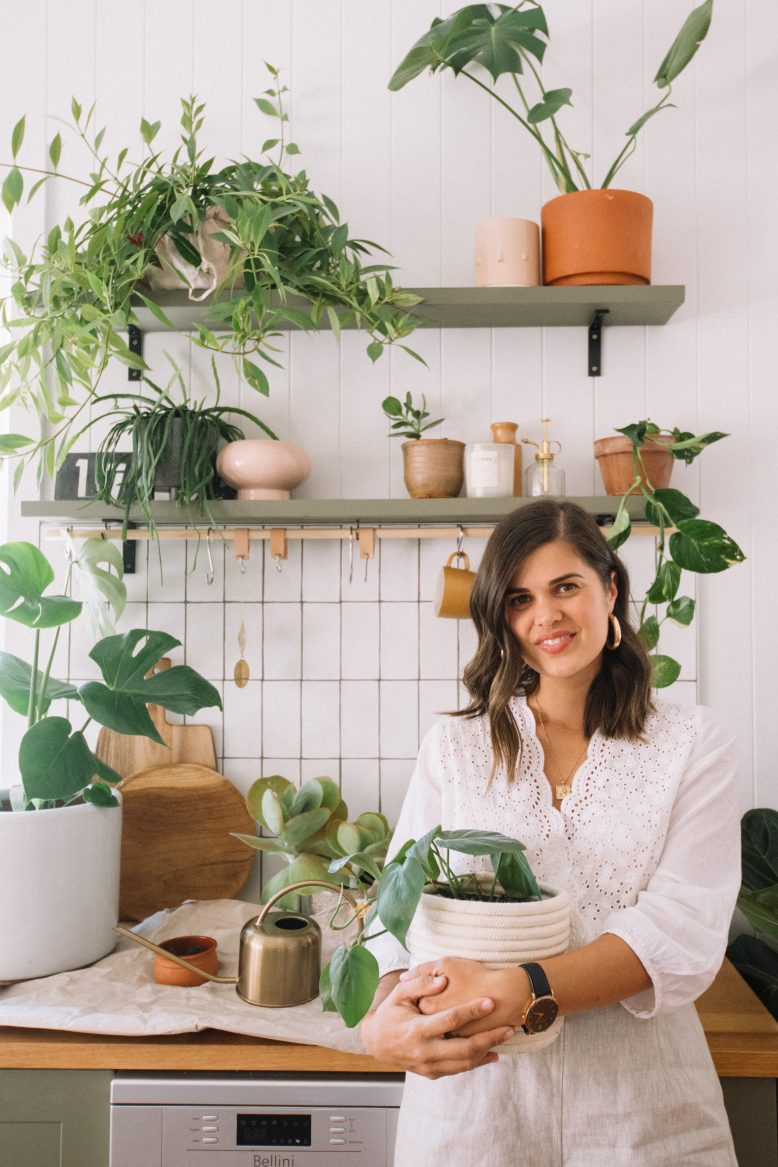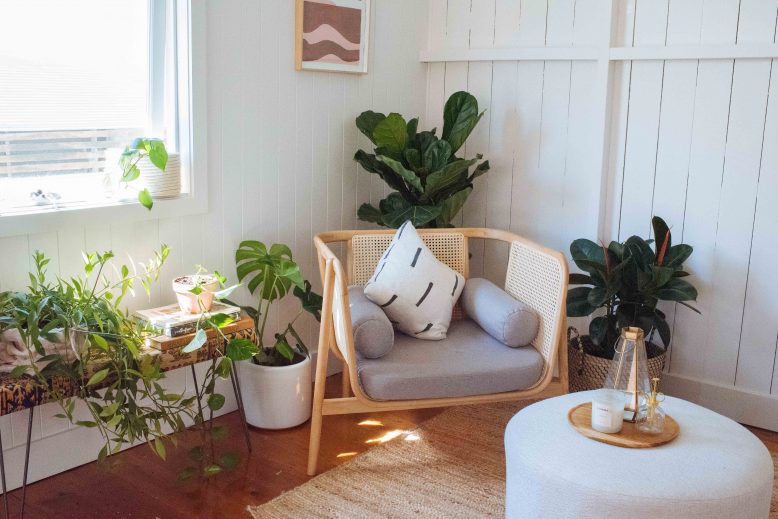Being a plant parent is an amazing experience, waking up to new unfurling leaves or taking the afternoon to give them some TLC. But let’s be honest, sometimes your plants might not look (or feel) their best, and it’s at that point you may need to troubleshoot. Don’t despair, we’ve all been there!
Because I love learning more about the plants that I have in my house, I’m excited to partner with Yates, my favourite gardening brand, to share my plant parent journey, and share how you can fix a few of the biggest plant mistakes you might be making.
Yates has recently launched a new indoor plant care range specially designed to help your precious indoor plants thrive. The Yates Thrive Indoor Liquid Plant Food Drippers are an incredibly easy to use plant fertiliser product, perfect for a newbie plant parent. To celebrate these drippers, I thought I would share with you some mistakes that you could be making with your plants, and tips on how to fix them. These are things I’ve learnt over time and have helped me to grow happy and healthy plants.
You’re watering them every day…
It’s easy to fall into a routine where you water them on a daily schedule, regardless of the condition of your plant. The trouble is that your plants will often need different amounts of water depending on many things including the time of year and the type of plant, so whilst sometimes they may indeed need watering every day, often it will be more sporadic than that, in which case daily watering can lead to overwatering.
Signs
Overwatered plants usually have very wilted, droopy leaves that are still soft and pliable.
Solution
I have recently been using a really great hack for watering, and that is to check the moisture levels of the plant by inserting your finger into the potting mix by a few centimetersres. If the potting mix is dry, your plant could use some water. If your finger comes out moist, you can wait a few days before you need to water.
You’re not feeding them…
I have to admit that until recently I had never used plant fertiliser before. However, I’ve learnt that proper feedings are essential to growing healthy, beautiful plants! Unlike an outdoor garden, where rain and organic material provide some food, and a plant can also use their roots to find other sources of food, the nutrients available to indoor plants are strictly limited to the potting mix in the pot. It makes sense that these nutrients might get depleted over time or be leached by water.
Signs
Plants without enough nutrients will have a lack of new growth, new leaves that are pale with light green veins or new leaves that never grow to the same size as the old ones or are misshapen are usually signs of nutrient deficiencies. Most signs will manifest as yellowing of leaves in the case of deficiencies in nitrogen, potassium (yellowing of tips and edges), and iron (full yellowing of leaf).
Solution
Feed your plants! The main reason I had never fertilised before is because it always seemed so daunting – trying to work out how much each of my plants needed and deciding what to use. Which is why Yates Thrive Liquid Plant Food Drippers are so fantastic. They are a simple dripper that you snip the end off, insert into the potting mix and let it drip into your potting mix to feed your plant the perfect amount over time. They will keep your plant well fed with the right nutrients and last for a whole month – even if they empty they still work for a whole month. You only need one per pot up to 40cm diameter, or two for any pot size that is larger than that. There are two products in the range, one for Indoor Plants & Ferns and one for Orchids. They are perfect for any plant parent! There’s one for Plants & Ferns, and one for Orchids.
They aren’t getting enough light
Whilst different plants need different amounts of light, and the odd plant type can live without much light (such as the pothos), not getting enough light is a common problem for many indoor plants. Even though a room may seem bright and you may think it can support plant life, know that there is a sharp drop off in light as you move away from the window.
Signs
Plants that are lanky, floppy, pale, are shedding leaves or have new growth that is pale and flimsy are probably not getting enough sunlight. With succulents, the plant often gets leggy where the stem grows long and the leaves become widely spread.
Solution
Some plants prefer a brightly lit spot while others will still grow well with less sunlight, finding out which type is most suitable for your plant will help you determine whether it’s getting enough sunlight or not . I’ve found that in general, if you put your plant in a bright spot close to a window, where they don’t get too much direct sunlight, they will grow well.
The pot is too small…
Repotting is one of those annoying but necessary tasks when it comes to looking after your plant babies. Because a plant that is in a too small pot won’t have enough potting mixsoil in which to thrive.
Signs
How can you tell that the pot is too small? Firstly, roots may grow out the drainage holes. Or secondly, when you water your plant, water goes right through the pot and out of the drainage holes. Other signs include the roots have cracked the pot, or the pot won’t stand up properly because the leaves are too heavy for the pot.
Solution
It’s important to move your plant to a bigger pot when you notice any of the above signs. You can see here for the best way to do that.
You never clean the leaves…
Hands up if you get a little lazy now and then and notice the dirt and dust building up on your plant’s leaves? Me too! But dirty plants aren’t just ugly, they can also clog the pores on the leaves, which makes it hard for the plant to breathe. So cleaning your plants leaves is important.
Signs
Dust and dirty covered leaves will leave your plants looking dull and lifeless.
Solution
Clean the leaves of your plants by wiping them with a moist cloth or damp cotton. It is useful to support the leaves with one hand to avoid bruising or cracking them.
This post is in collaboration with Yates. Make sure to check out their new range!





















